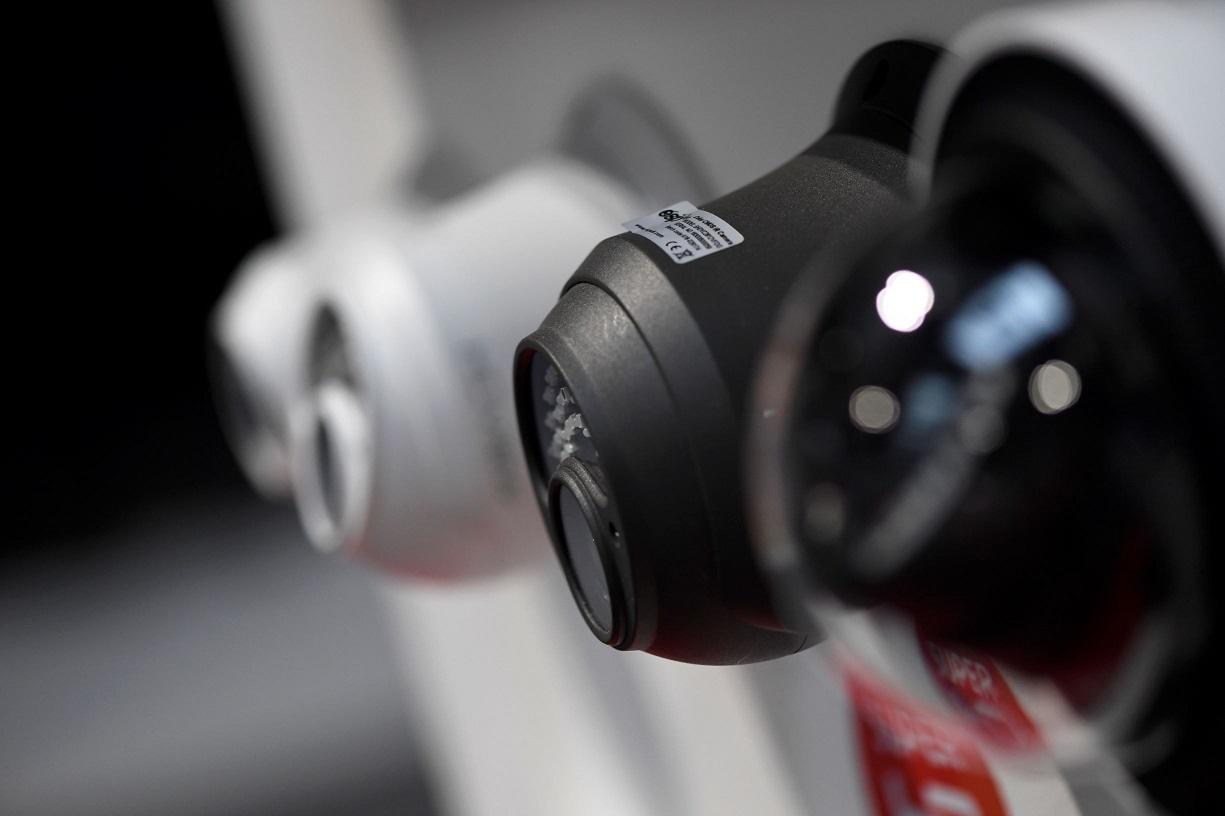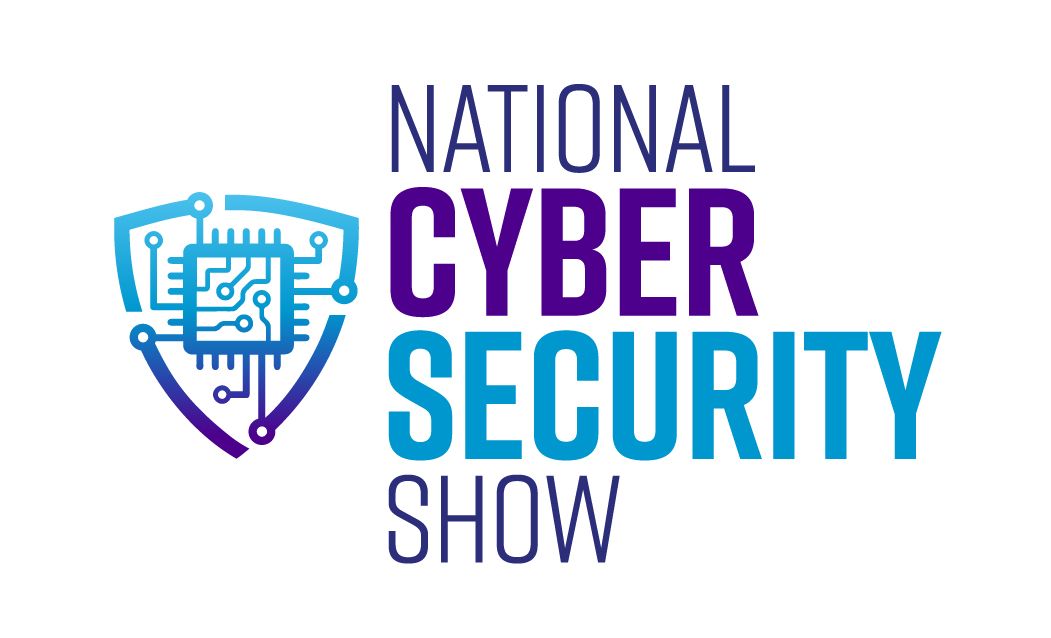BLOG: Fail Safe vs Fail Secure: Choosing the right lock for your project
)
One of the biggest challenges our industry constantly wrestles with is how to achieve a balance between safety and security. How do you keep occupants safe in an emergency without compromising the security of a building? This conflict frequently plays out in discussions of fail safe versus fail secure products. It’s important for installers to understand where each type is most suitable for use.
While looking to purchase new hardware or replace older products in a building, you might be wondering what the difference is between fail safe and fail secure locks. Here’s everything you need to know to protect your facility.
- Fail safe products are unlocked when power is removed. Power is applied in order to lock the door and prevent access.
- Fail secure products are locked when power is removed. Power is applied in order to unlock the door and allow access.
Fail Secure Locks
In case your company suffers a power outage, fail secure locks will automatically lock when you lose power. These locks need electric power to open or unlock the door and it’s the most commonly used method for many access control systems. If you want to keep your assets protected, you can think of fail secure locks as a reliable option for your inventory and equipment, keeping assets safe from intruders during power outages.
Electric strike locks are often fail secure.
Fail Safe Locks
Fail safe locks open when power is lost. These locks are mainly used to ensure quick and safe exit in emergencies. Fail safe locks are widely used in places where safety of life is a priority. In an emergency, power is cut and doors can swing freely, allowing people inside to leave the building safely. For this reason, fail safe locks are generally not advised for doors required to protect equipment or assets.
Electro-magnetic locks are generally fail safe as standard.
Not sure which solution is better for your installation? Contact us today – our expert technical support are on hand to help you design, specify, and install CDVI solutions.
Types of Hardware Available for Fail Safe and Fail Secure Locking
Electric Strikes
Electric strikes replace the regular strike and come in both fail safe and fail secure models, with either regular or panic hardware. The spring-loaded keeper on the electric strike controls the latchbolt of the lock or panic hardware. When access is allowed, the keeper is freed and the latchbolt can be pulled through the keeper in order to open the door.
Electro-Magnetic Locks
An electro-magnetic lock is electrified and controlled by a card reader, remote release or other access control device. A fail secure lockset is locked on the secure side when there is no power to the lock. When power is applied due to someone tapping a card on a reader or entering a keypad code, the magnet is powered off and the door is unlocked.







